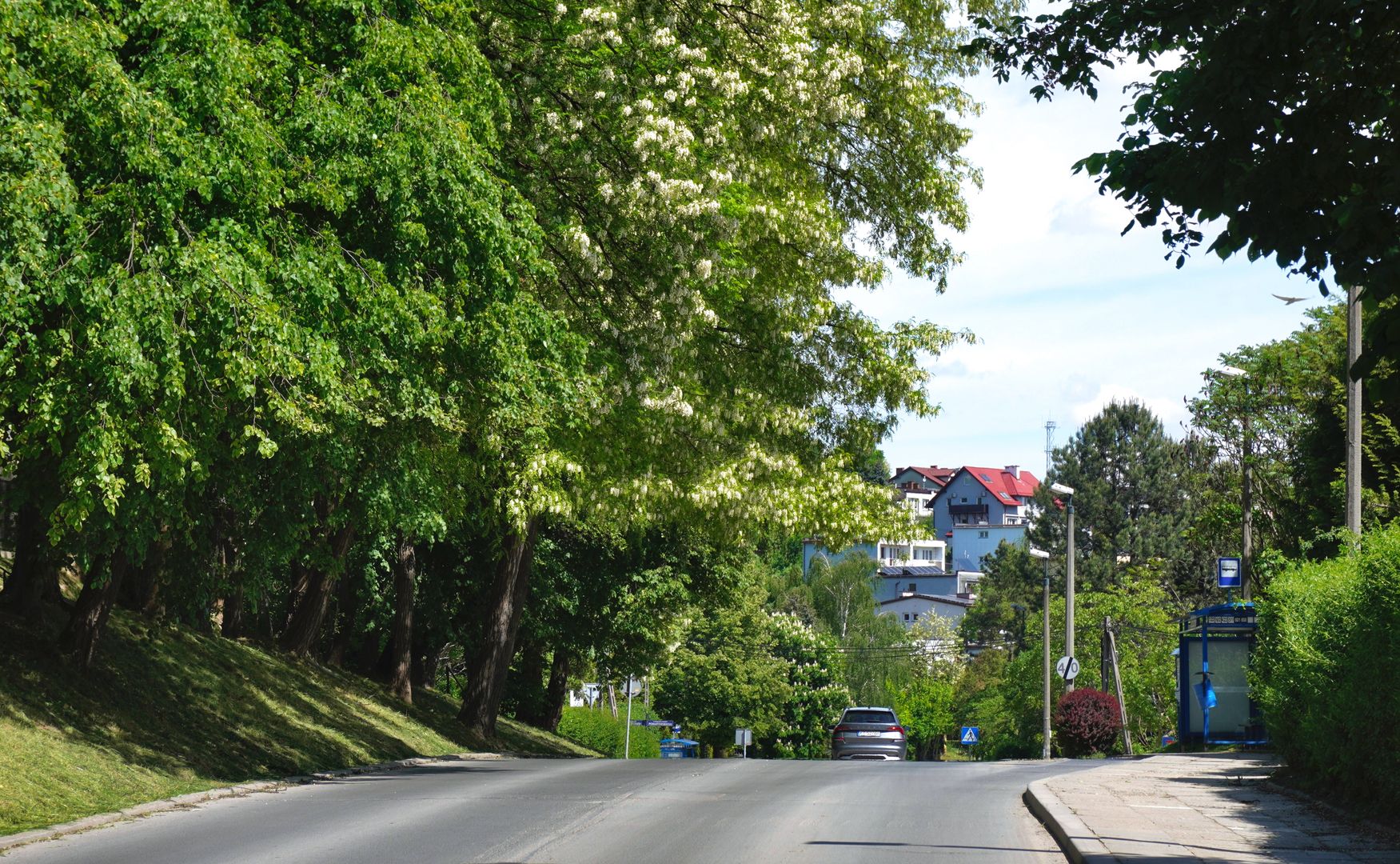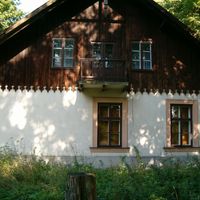Krzesławice
6.1

Overview
Krzesławice is a former village with a rich history, its roots dating back to at least 2000 BCE. The first mentions of the settlement come from the 12th century, when the village belonged to the knight Budzisław of the Odrowąż family and later came under the care of the Order of the Holy Sepulchre. Over the following centuries, Krzesławice frequently changed hands among various owners, including the Cistercians from Mogiła and the Kraków Academy. In the 18th century, the area became the property of Hugo Kołłątaj, who took good care of the estate. After his death, Krzesławice passed into the hands of Jan Matejko, the renowned painter famous for his historical works. Their property includes a historic manor house where Matejko created many of his works, as well as the Church of St. John the Baptist, relocated from Jawornik. Krzesławice also holds military significance, as the Krzesławice artillery fort was built there between 1881 and 1886, serving defensive purposes during World War I. After World War II, the fort was handed over to the Youth Center of Culture, which undertook its renovation. In 1949, due to the development of Nowa Huta, Krzesławice became part of Kraków, and its former rural character now contrasts with the modern urban landscape. It is worth mentioning that the name of the village derives from the name Krzesław, and the first documented records date back to the 13th century, when the village was called "Creslauiz." Krzesławice, as a kind of open-air museum of landed gentry idyll, has preserved its architectural and cultural values, forming an important part of Kraków's historical landscape.
Location
Tickets
Powered by GetYourGuide
You can also find here:
2025 Wizytor | All Rights Reserved
